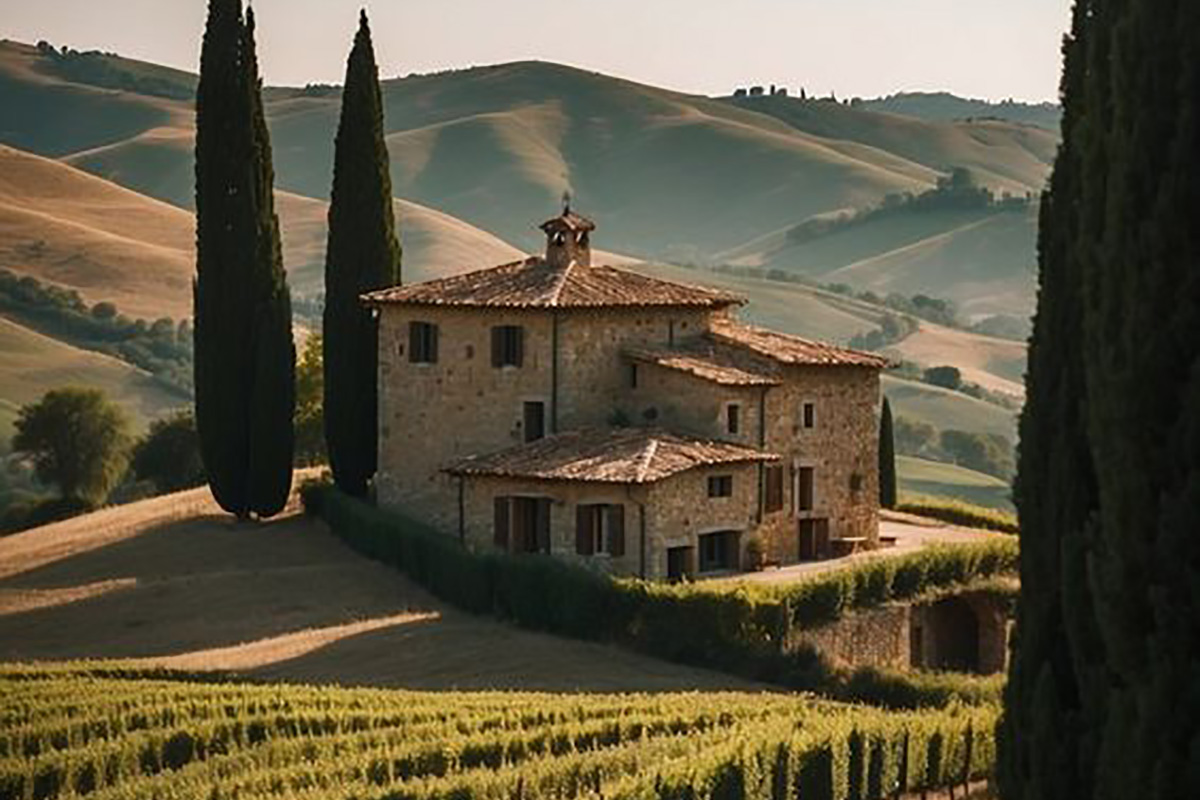Italy, a country steeped in history and cultural diversity, boasts a tapestry of regional differences that enrich its identity. From the snow-capped Alps in the north to the sun-kissed shores of Sicily in the south, each region offers a distinct blend of cuisine, dialects, landscapes, and traditions that reflect centuries of local heritage. Let's embark on a journey to explore the unique characteristics and traditions that define Italy's diverse regions.
Northern Italy: Alpine Majesty and Culinary Delights
Northern Italy is characterized by its majestic Alpine landscapes, picturesque lakes, and vibrant cities. Cities like Milan, known as the fashion capital, blend historic architecture with modern sophistication. The cuisine here leans towards butter, rice, and hearty dishes like risotto and polenta. The region's wines, such as Barolo and Amarone, are celebrated globally for their robust flavors.
Central Italy: Renaissance Splendor and Coastal Charms
Central Italy is synonymous with Renaissance art and architecture, with Florence as its centerpiece. The rolling hills of Tuscany, dotted with vineyards and medieval towns, offer a pastoral charm that has inspired artists for centuries. Coastal gems like Cinque Terre and the Amalfi Coast boast colorful villages perched precariously on cliffsides, offering stunning views of the Mediterranean.
Southern Italy: Sun-soaked Landscapes and Culinary Treasures
Southern Italy is known for its warm Mediterranean climate, ancient ruins, and vibrant cultural traditions. Naples, with its bustling streets and iconic pizza, exudes a lively atmosphere. The island of Sicily, with its Greek temples and Norman cathedrals, blends European and North African influences. The cuisine here features fresh seafood, citrus fruits, and spicy flavors that reflect its historical connections to the Mediterranean and North Africa.
Islands and Unique Regions: Sardinia and Sicily
Italy's islands, including Sardinia and Sicily, offer their own distinctive cultures and landscapes. Sardinia's rugged interior and pristine beaches are complemented by a cuisine rich in lamb, pecorino cheese, and local wines. Sicily, with its ancient Greek temples and Arab-inspired architecture, boasts a cuisine influenced by its diverse history, including arancini (rice balls), cannoli, and fresh seafood dishes.
Preserving Local Traditions and Identity
Despite Italy's unification in the 19th century, regional identities remain strong, with locals proudly celebrating their unique customs and dialects. Festivals, such as Venice's Carnevale and Siena's Palio, showcase regional pride through art, music, and culinary specialties. Each region's distinct traditions contribute to Italy's cultural mosaic, fostering a sense of belonging and continuity with the past.
Exploring Italy's Regional Diversity
Exploring Italy's regional diversity offers travelers a chance to delve deeper into the country's rich tapestry of culture and history. Whether you're savoring a Sicilian cannolo, hiking in the Dolomites, or exploring the ancient ruins of Rome, each region offers a unique perspective on Italy's multifaceted identity.
In conclusion, Italy's regional differences are not just geographical but cultural, culinary, and historical. Embracing these differences allows us to appreciate the depth and diversity of this extraordinary country. Whether you're drawn to the romance of Venice or the rustic charm of Puglia, Italy invites you to discover its many facets and celebrate its regional treasures.


